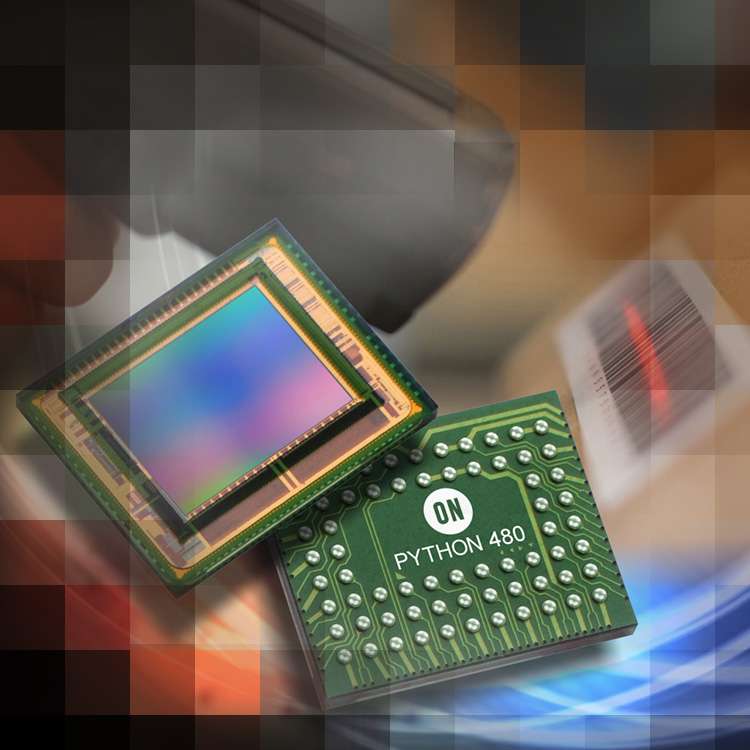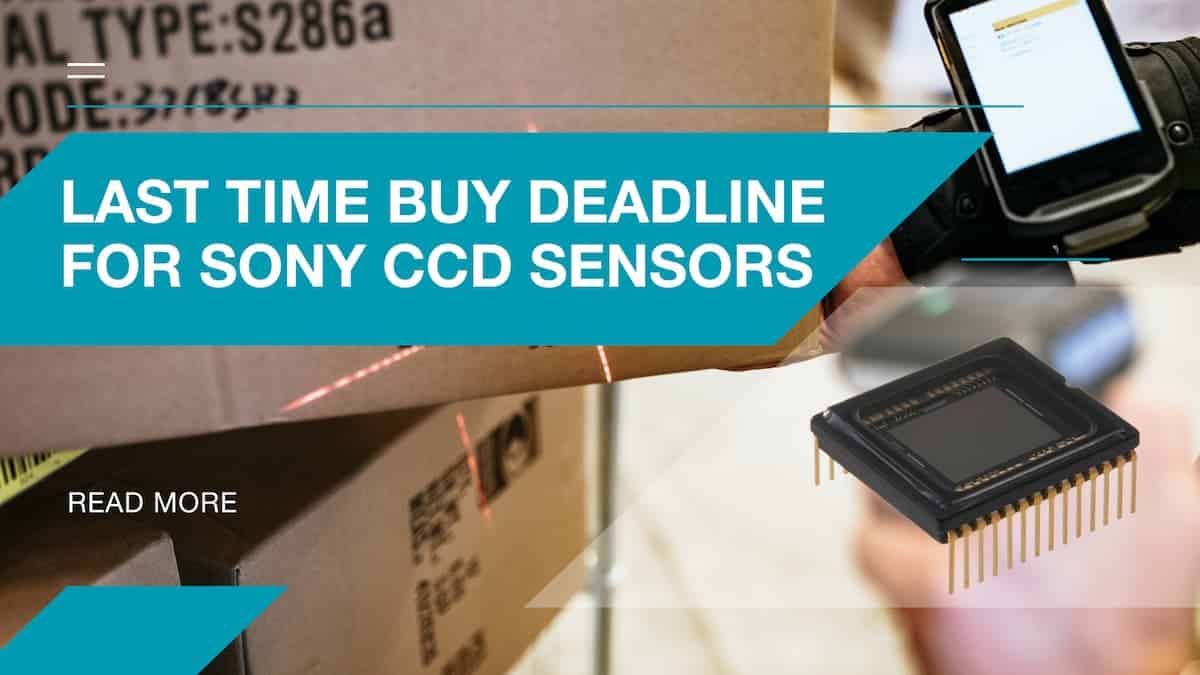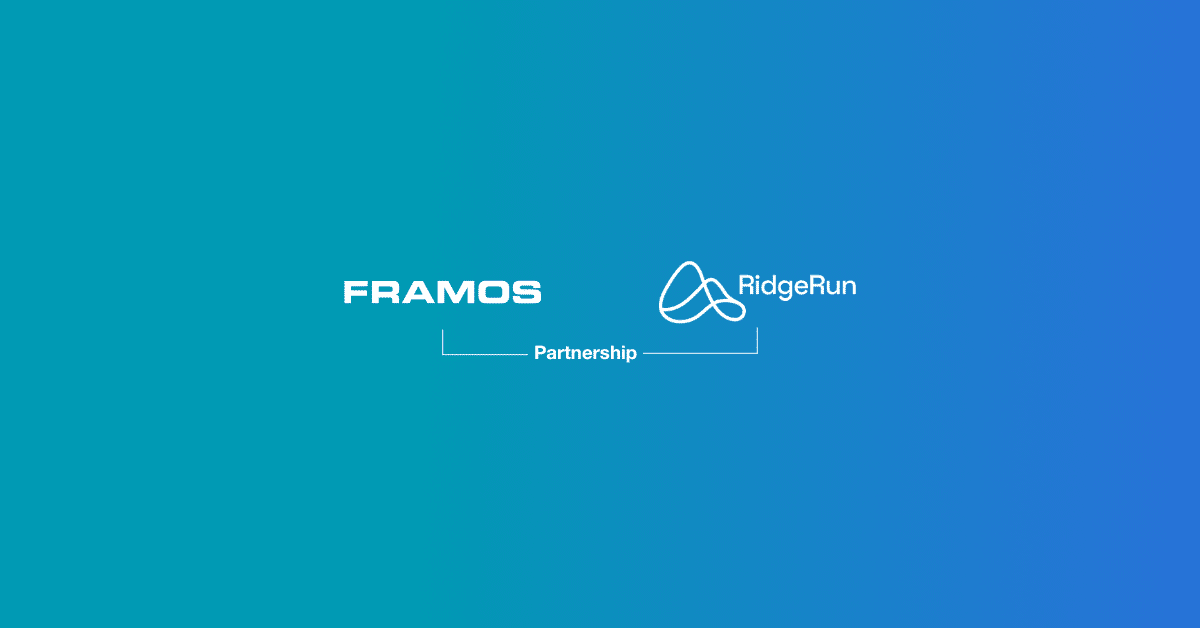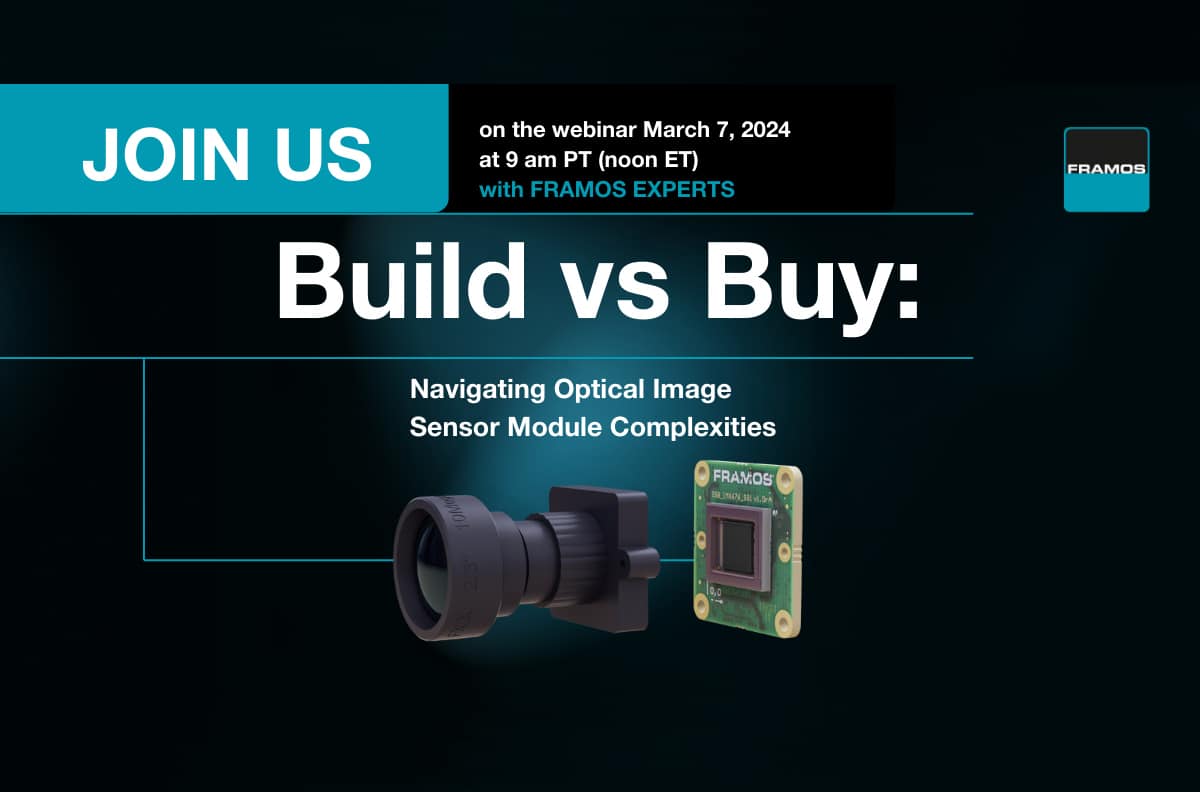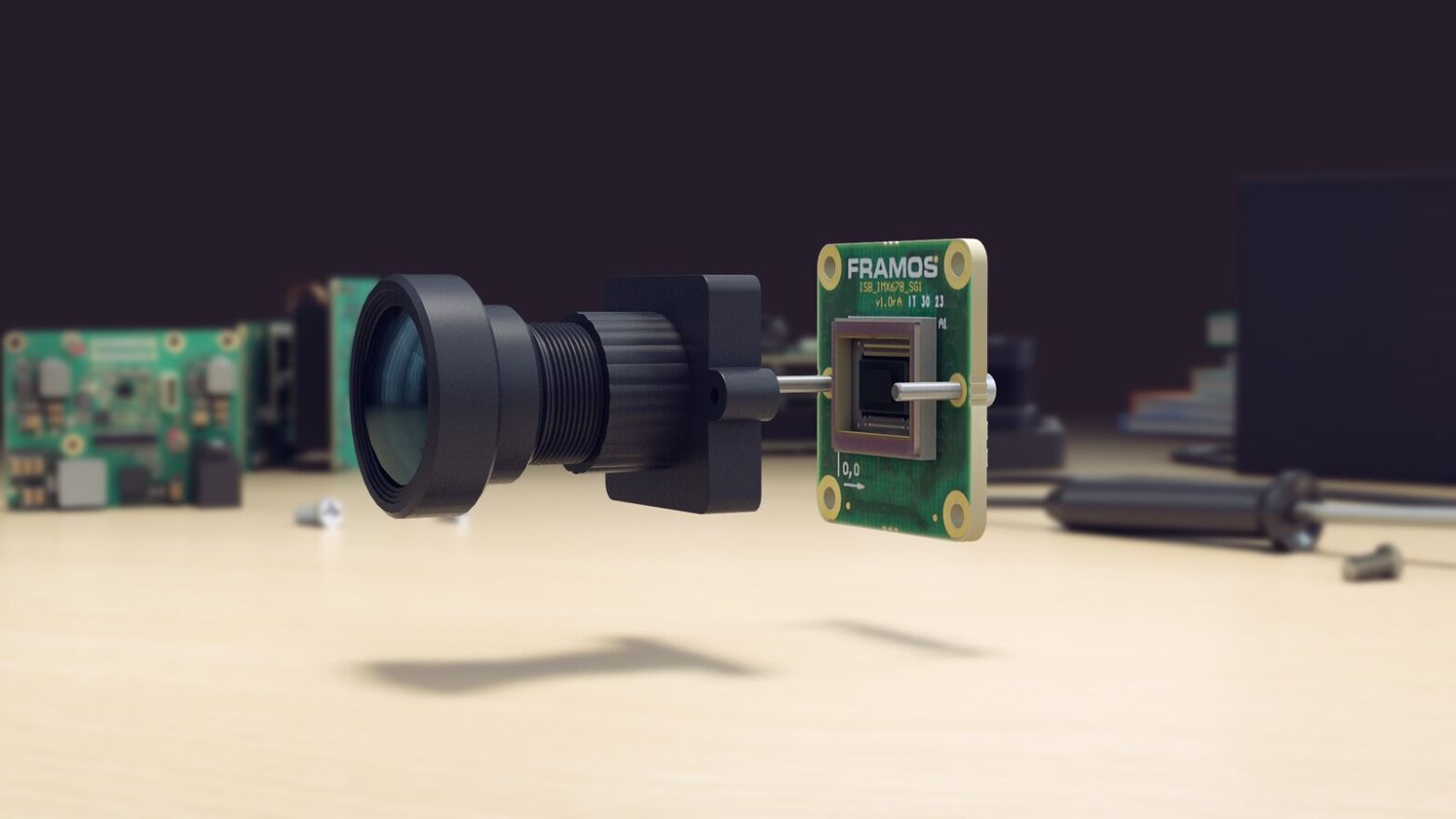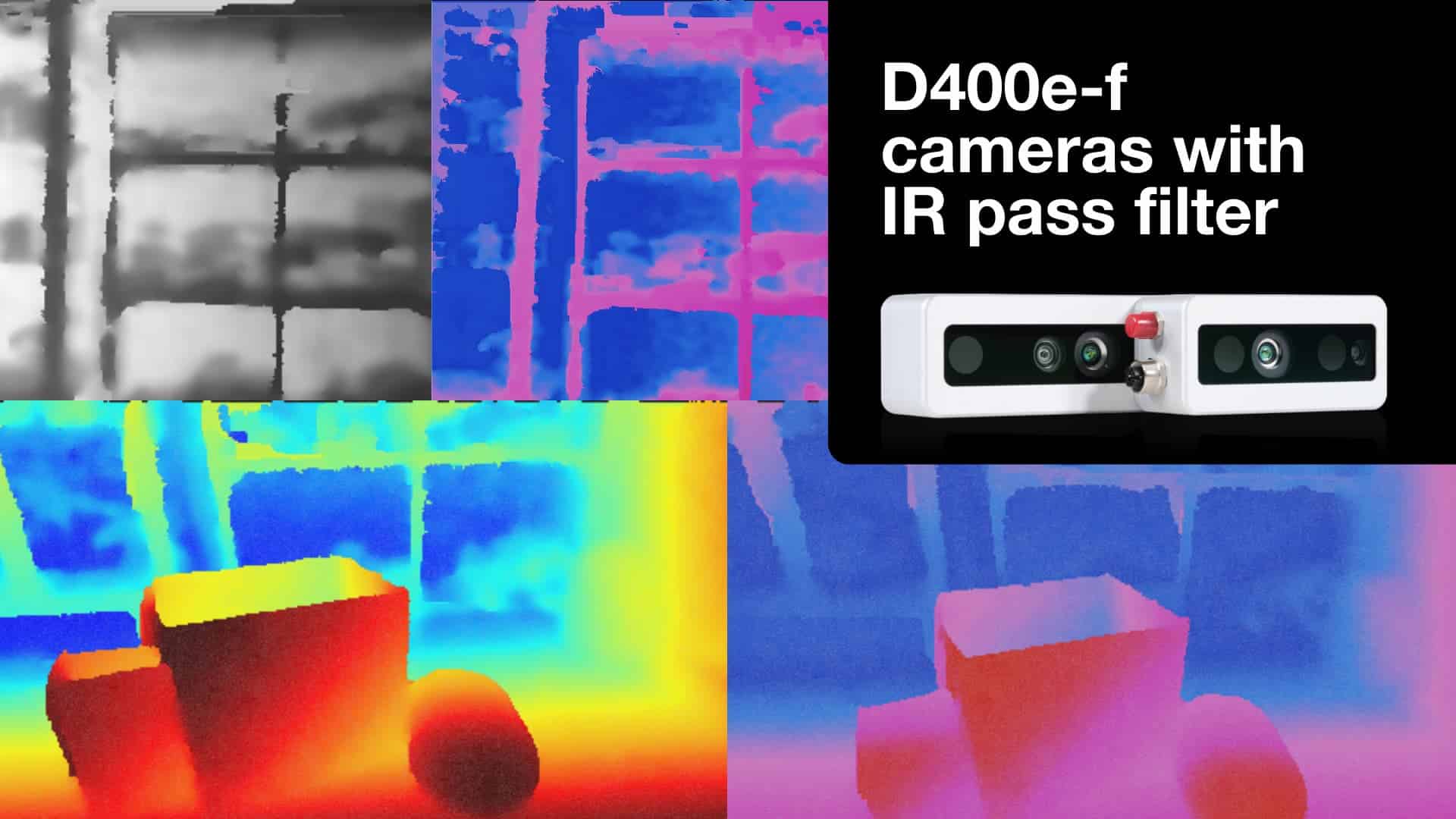 In the near future, drones will be reliable parcel services. Already now, elaborated vision systems control robots and whole production lines are managed automatically by algorithm-driven cameras. Image sensors are the starting point of numerous forward-looking applications. ON Semiconductors’ new PYTHON 480 Sensor, available from imaging expert FRAMOS, comes as the smallest and most power-effective part versus PYTHON 500. The new sensors follow ON Semiconductors’ PYTHON standards for cost-effective high-performance industrial imaging. The PYTHON 480 Sensor demonstrates its outstanding benefits to their best advantage in Industrial Automation Systems, Robot Vision, Barcode Scanner applications, and in the Collision Avoidance Control of drones.
In the near future, drones will be reliable parcel services. Already now, elaborated vision systems control robots and whole production lines are managed automatically by algorithm-driven cameras. Image sensors are the starting point of numerous forward-looking applications. ON Semiconductors’ new PYTHON 480 Sensor, available from imaging expert FRAMOS, comes as the smallest and most power-effective part versus PYTHON 500. The new sensors follow ON Semiconductors’ PYTHON standards for cost-effective high-performance industrial imaging. The PYTHON 480 Sensor demonstrates its outstanding benefits to their best advantage in Industrial Automation Systems, Robot Vision, Barcode Scanner applications, and in the Collision Avoidance Control of drones.
Small, fast and precise, as the eye of a robot needs to be
The 1/3.6 inch SVGA CMOS image sensor with its large, highly-sensitive 4.8µm pixels, enables the capture of moving objects without any artifacts with single digit noise performance. It provides a high SVGA frame rate with 120fps with a compact CSP package, and a small footprint. This allows a very small camera design and significant power saving, as well a battery-powered mobile operation. These features are especially suitable for eyes of robots, surveillance systems, and unmanned aerial vehicles. Up to four regions of interest can be programmed, achieving higher frame rates for special focused areas. A separate synchronization channel containing payload information is provided to facilitate the image reconstruction at the receiving end. The device provides High Speed Serial or Parallel CMOS Output.
Sibel Yorulmaz-Cokugur, ON Semiconductors Line Manager at FRAMOS, explains the 480 Sensor’s unique features, and customer applications benefits:
“The 480 has improved image and recognition quality. The high-sensitive pixels support low noise “pipelined” and “triggered” global shutter readout modes. Furthermore, the correlated double sampling (CDS) support in global shutter mode results in reduced noise and increased dynamic range. A high level of programmability allows the reconfiguration of integration time and gain-parameters by on-chip programmable gain-amplifiers and 10-bit A/D converters without any visible image artifact. Optionally, the on-chip automatic exposure control loop (AEC) controls these parameters dynamically. The image’s black level is either calibrated automatically, or adjusted by adding a user-programmable offset.”
Immediate availability to start design phase
Engineering samples of the PYTHON 480 will be available in monochrome and Bayer Color configurations in early 2017. Industry and product experts at FRAMOS are available to support customers in integrating these new sensors in their applications and projects. In addition, FRAMOS also provides services such as development support, customizations, and logistics.

